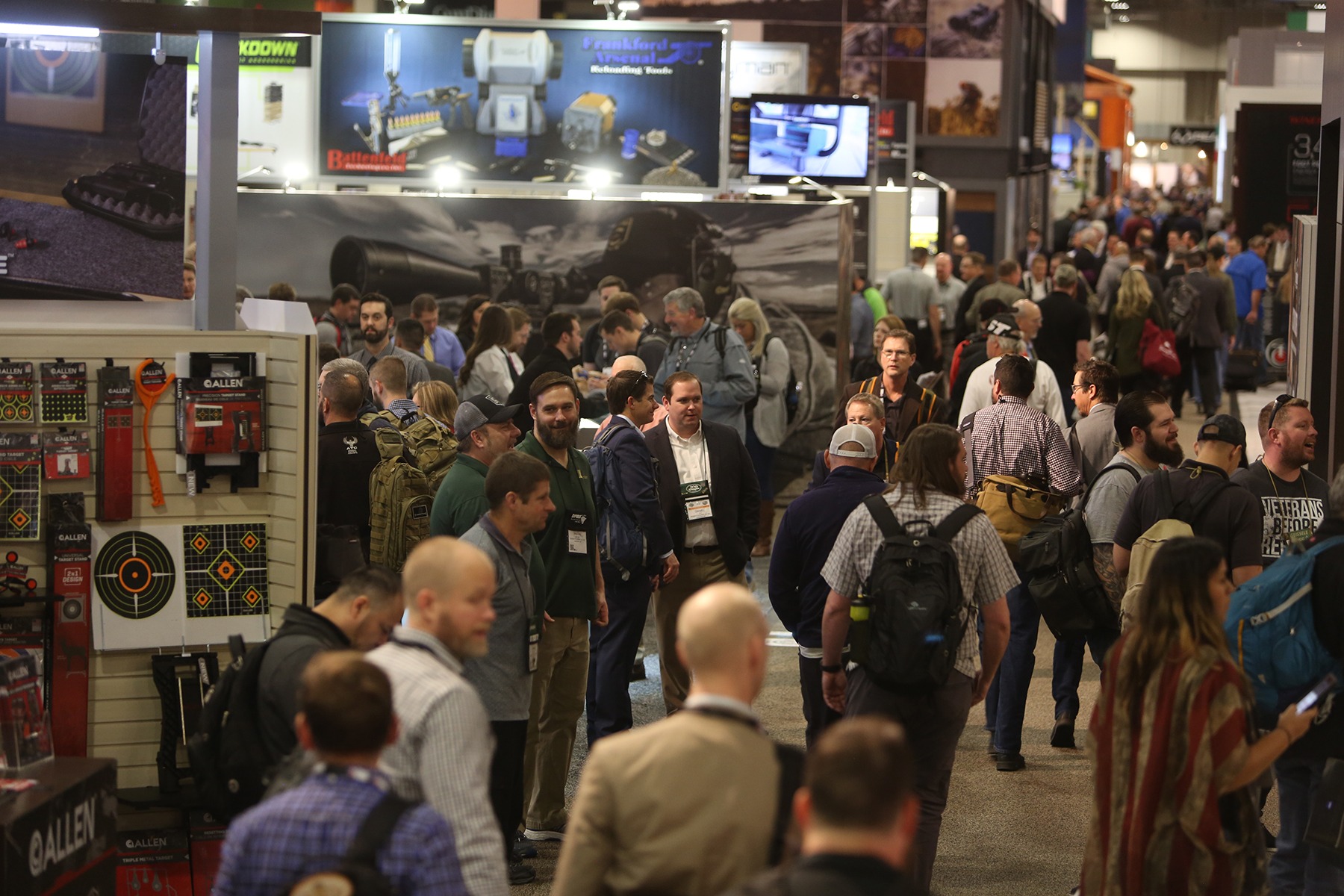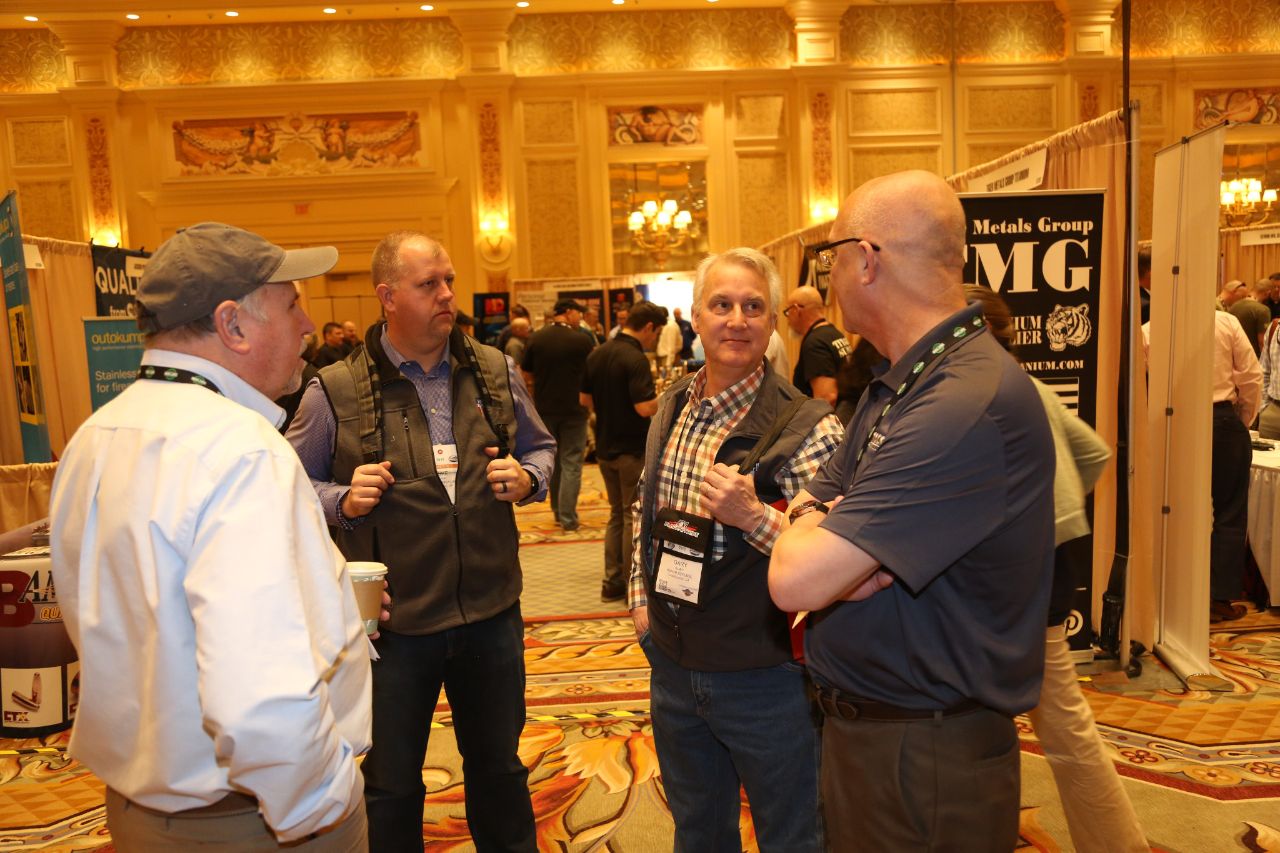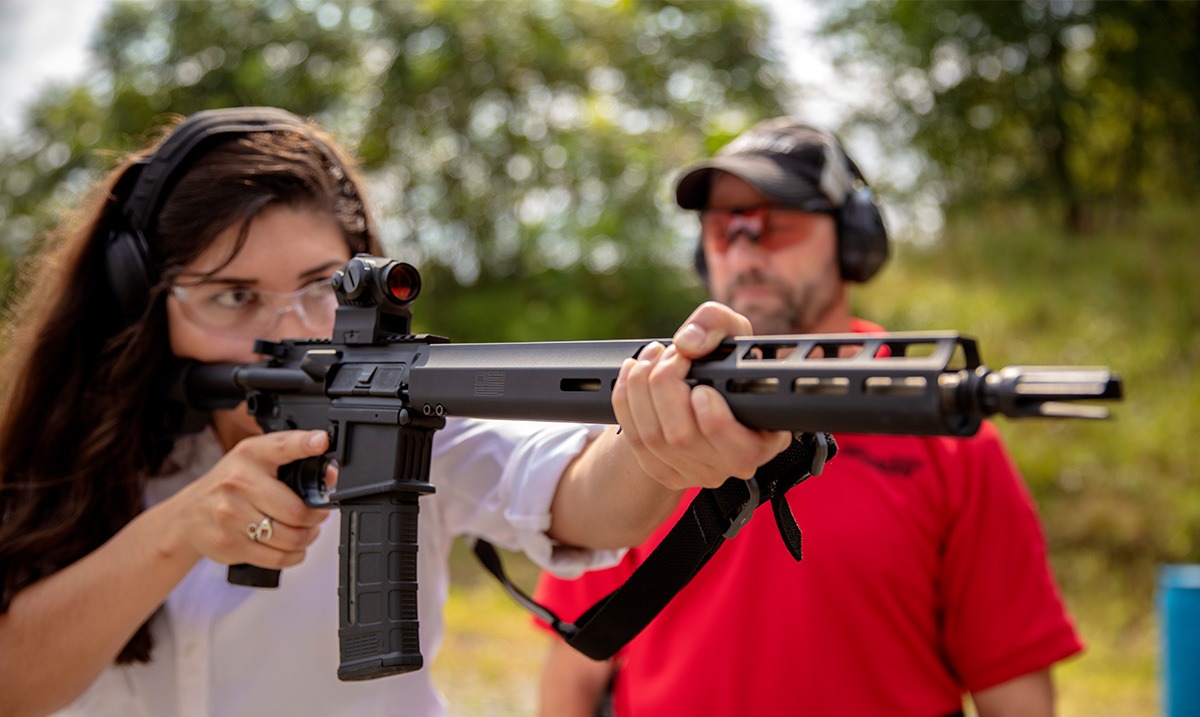 Back to News
Back to News
September 6, 2024
Public Range Construction Made Affordable Through Firearm and Ammunition Excise Tax Contributions
Building state-run public shooting ranges is easier now than ever thanks to changes in the law for how states can apply wildlife conservation funds generated by firearm and ammunition manufacturers through excise taxes.
NSSF was the major driving force behind an industry-priority bill, titled the Target Practice and Marksmanship Training Support Act. The “Range Bill” had been a sustained-effort priority for NSSF and is a crucial step forward in promoting, protecting and preserving hunting and the shooting sports. In the course of more than a decade, versions of the bipartisan legislation were introduced as 29 different numbered bills and 15 separate legislative packages, starting with the 110th Congress. In 2019, it and was passed by Congress and signed into law by President Donald Trump.
The law changed the formula involving matching federal funds that are available for states to use towards building new, or improving existing, public shooting ranges. Instead of the previous formula that required a state to raise 25 percent of the funds for a range construction project in order to access a matching 75 percent paid through the Wildlife Restoration Trust Fund, the updated formula now only requires a 10 percent investment from states to build new recreational shooting ranges to receive a 90 percent match. Additionally, the Range Bill extends the timeframe from just two years for a state to utilize its federal match dollars on a project to five years, giving a recipient state more flexibility and time on a project. The fund that awards the states their matching dollars is paid through the Pittman-Robertson excise taxes contributed by firearm and ammunition manufacturers on the products they produce and is supported by the customers that support their contracts.
Excise Taxes in Action
Since 1937, firearm and ammunition manufacturers have invested over $25 billion – when adjusted for inflation – in funding for wildlife conservation, public shooting range development and hunter education. The federal government, through the U.S. Fish and Wildlife Service, apportions these funds to the states and those state wildlife agencies apply the funds to local projects. In recent years, that apportionment has hovered around $1 billion annually.
NSSF hosted a webinar for state wildlife officials to better understand how to use these funds to meet the needs of today’s recreational shooters. That’s important because many state agencies face significant challenges when they begin the process of building new or expanding existing ranges, according to Rob Southwick, President of Southwick Associates.
“About 75 percent of the total budgets to build and operate ranges come from WSFR funding…. The other 25 percent is largely funds from fees charged at ranges,” Southwick explained.
That’s critical for state agencies vying for dollars in tight budgets. Southwick has conducted surveys that show that 92 percent of state agencies plan to expand their current capacity in the next three years and 80 percent of state agencies have efforts already underway. That equates to a 40 percent increased capacity in the states that responded to Southwick’s survey.
The need is hardly satisfied. Survey results indicated that to meet current rate of demand for recreational target shooters to have a safe and accessible public shooting range near where they live, that rate would have to be doubled yet again.
“There’s still a lot more to do, hence the need for this project,” Southwick said.
Growing Demand, Growing Need
Some of the biggest demand for new ranges exists in urban and suburban communities. That poses its own set of unique obstacles, especially for suitable land that is affordable for public shooting ranges and addresses existing concerns for noise issues associated with recreational shooting ranges.
That need for public shooting ranges has only grown, especially over the past several years of increased firearm purchases. Jim Curcuruto, Executive Director of Outdoor Stewards of Conservation, helped compile the information for state wildlife agencies and discussed this trend.
“There is a massive, massive amount of justification to building shooting ranges right now,” Curcuruto explained. “NSSF research has got a lot of information that shows an explosion in target shooting participation over the last decade. We’ve seen a 56 percent increase in target shooting participation between 2012 and 2022.”
That’s equated to an estimated 63.5 million adults participating in the recreational target shooting sports on an annual basis. That’s largely due to the over 22 million new gun owners in America since 2020. One third of those participants are women and 17 percent of those are new to the recreational shooting sports, an increase of five percent from 2020.
Those recreational shooters, too, are the primary supporters of the Pittman-Robertson excise taxes paid by firearm and ammunition manufacturers. Southwick estimates that 70 percent of the Pittman-Robertson funds can be sourced to firearm and ammunition sales supported by non-hunters. A survey released earlier this year by Southeastern Association of Fish and Wildlife Agencies (SEAFWA) and Responsive Management found that 86 percent of gun owners and recreational target marksmen and women who don’t hunt support the Federal Aid in Wildlife Restoration Program. Of that 86 percent that indicated they supported the excise tax, 52 percent – over half – responded with strong support to the survey. Just three percent were opposed to the tax and another 12 percent were neutral.
30-Minute Rule
Those new gun owners and recreational target shooters don’t just support the idea of the excise taxes contributing to wildlife conservation, range construction and hunter education – they want to get out and use those ranges too. Southwick explained building accessible shooting ranges near the greatest need is imperative to sustaining shooting sports participation.
“It’s important to mention the 30-minute rule,” Southwick told webinar participants. “Research-after-research has shown that if people have to travel more than 30 minutes to recreate, there’s a rapid drop-off. That’s the point where people stop.”
Southwick said that new research reveals “clear, empirical proof that demand for ranges is much greater in suburban and urban areas.”
Southwick said that pattern held true in the 12 states they worked with to map out the greatest needs for accessible recreational shooting ranges.
“So, the priority may not be constructing as many ranges as possible in a state,” he said. “Maybe we construct fewer ranges but spend a little more money to locate them where demand is highest.”
The need for public access to shooting ranges remains a growing priority. The benefits are numerous. Safe shooting ranges and more accessible locations for all those new recreational marksmen and women create safer and more highly-trained gun owners. That benefits everyone living in communities that include recreational practice shooting ranges.
The Second Amendment is a Constitutional right for every law-abiding citizen to enjoy, not just those with access to private facilities or who can afford to drive long distances. Improving and expanding public access to recreational shooting facilities ensures maximum participation, which in turn generates more funds for wildlife conservation and more new range construction project opportunities through the excise tax funds paid by firearm and ammunition manufacturers.
Resources for State Wildlife Agencies on Building Public Shooting Ranges with Excise Tax Funds
You may also be interested in:
Since the 2020 Election, the number of new gun owners equals the population of Florida
NSSF Celebrates the One Tax the Firearm and Ammunition Industry is Proud to Pay
Categories: BP Item, Featured, Government Relations, Top Stories









